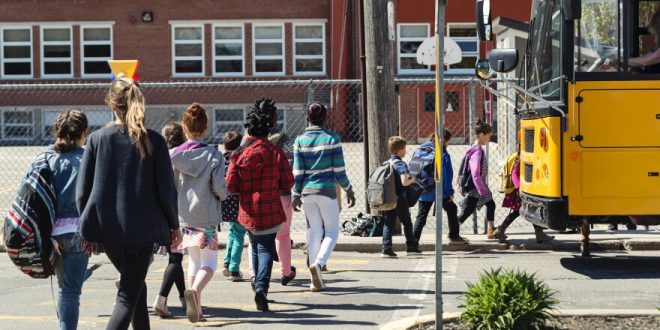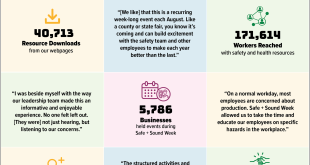As students across the nation prepare to head back to the classroom, the focus isn’t solely on pencils, notebooks, and new schedules. Increasingly, schools, parents, and mental health professionals are emphasizing the importance of mental health check-ins for students returning to in-person learning. I mean, doesn’t it make sense? These kids have been through a lot. This focus stems from a growing awareness of the mental and emotional challenges students have faced – and continue to face – both academically and personally. Incorporating regular mental health check-ins can provide valuable support, early intervention, and, hopefully, a more positive and productive school year.
Why Mental Health Check-Ins are Crucial
Identifying Early Warning Signs
Regular check-ins can help identify students who may be struggling with, you know, anxiety, depression, or other mental health concerns. Think of it as catching a cold before it turns into pneumonia. These check-ins provide a safe space for students to express their feelings and needs. And honestly, sometimes just being heard can make a huge difference.
Addressing Pandemic-Related Trauma
The pandemic has had a profound impact on children and adolescents. Let’s be real, it wasn’t easy for anyone. This led to increased rates of anxiety, depression, and isolation. Check-ins offer an opportunity to address any lingering trauma or emotional distress related to the pandemic. Did your kiddo miss prom? Was grandma sick? These things matter. They leave scars. It’s not just about the schoolwork; it’s about the whole kid.
Creating a Supportive School Environment
By prioritizing mental health, schools can foster a culture of support and understanding. Which is exactly what we want, right? This can help reduce the stigma surrounding mental health issues and encourage students to seek help when needed. It’s about making it okay to not be okay, and that’s a pretty powerful message to send.
How to Conduct Effective Mental Health Check-Ins
Utilizing Different Methods
Check-ins can take various forms, including individual conversations, group discussions, anonymous surveys, and digital questionnaires. The method should be chosen based on the age and developmental level of the students, as well as the resources available. A one-size-fits-all approach? Nah, that’s not gonna cut it. It’s gotta be tailored to the specific needs of the school and the students.
Asking Open-Ended Questions
Rather than asking simple “yes” or “no” questions, encourage students to elaborate on their feelings by asking open-ended questions such as, “How are you feeling about returning to school?” or “What has been most challenging for you lately?” You’ve got to dig a little deeper, you know? Get them to open up. It’s not about interrogation, it’s about connection.
Creating a Safe and Confidential Space
Students are way more likely to be honest and open if they feel safe and trust that their responses will be kept confidential. Clearly communicate the purpose of the check-in and assure students of their privacy. Think of it like this: would you share your deepest fears if you knew everyone was listening? Probably not. It’s a trust thing.
Training and Resources for Educators
Teachers and school staff play a crucial role in conducting these mental health check-ins. Providing them with training on recognizing signs of distress, active listening skills, and appropriate referral resources is essential. You can’t expect them to be therapists overnight, right? They need the tools and the know-how to handle these situations effectively. It’s not just about teaching algebra; it’s about being there for the students.
Resources and Support Systems
School Counselors and Mental Health Professionals
Ensure that students have access to school counselors, psychologists, or other mental health professionals who can provide ongoing support and intervention when needed. They’re the pros, after all! And sometimes, a kid just needs someone to talk to who isn’t their parent or teacher.
Parental Involvement and Communication
Parents should be informed about the importance of mental health check-ins and encouraged to communicate with school staff about any concerns they may have regarding their child’s well-being. It’s a team effort, people! Schools and parents need to be on the same page, working together to support the student. No lone wolves here.
Community Mental Health Organizations
Partner with local community mental health organizations to provide additional resources and support services to students and families. Because sometimes, you need to look beyond the school walls for help. There are tons of great organizations out there just waiting to lend a hand.
Mental health check-ins are an invaluable tool for supporting students as they return to school. By prioritizing mental and emotional well-being, schools can create a more positive, supportive, and effective learning environment for all students. Regular check-ins can help identify early warning signs, address pandemic-related trauma, and foster a culture of support and understanding, ultimately leading to improved academic outcomes and overall well-being. So, what do you think? Are you ready to get on board with this? It’s not just a trend; it’s an investment in our kids’ futures. I’m pretty sure it’s worth a shot, don’t you?
 Beverage Zone
Beverage Zone



